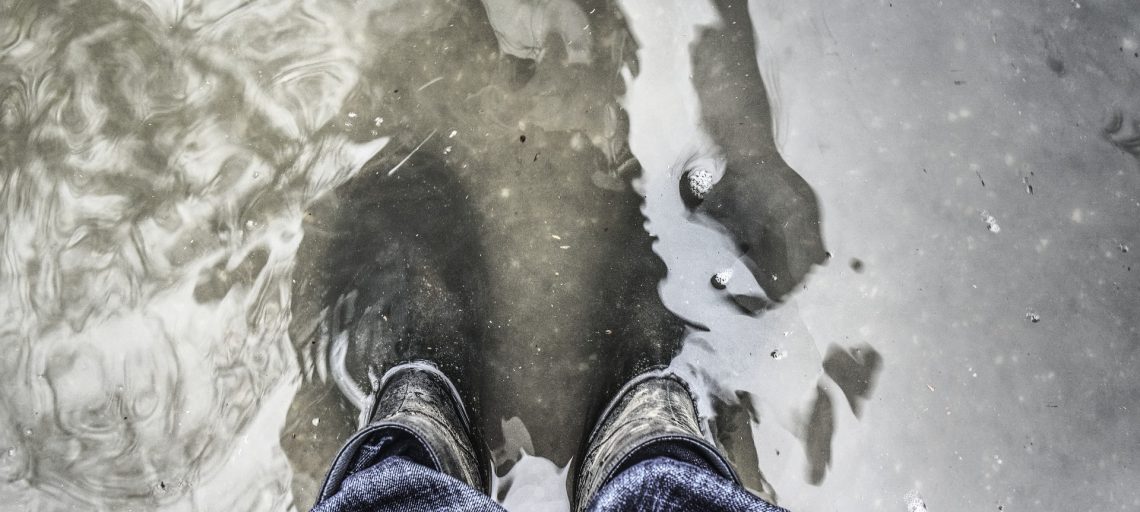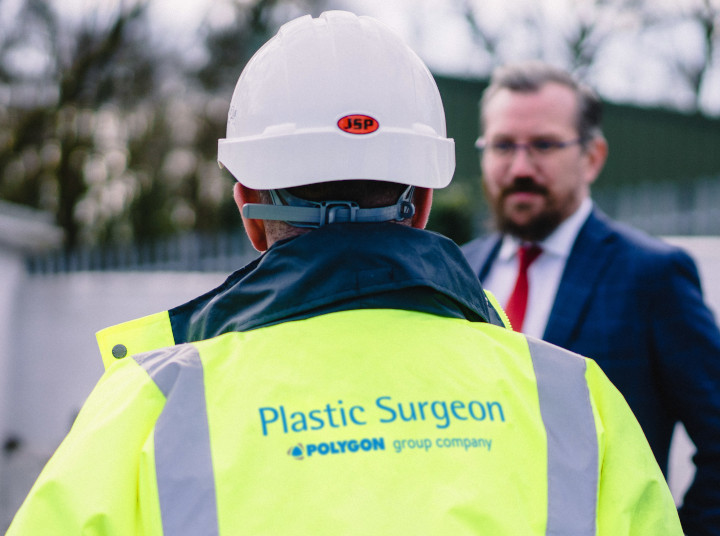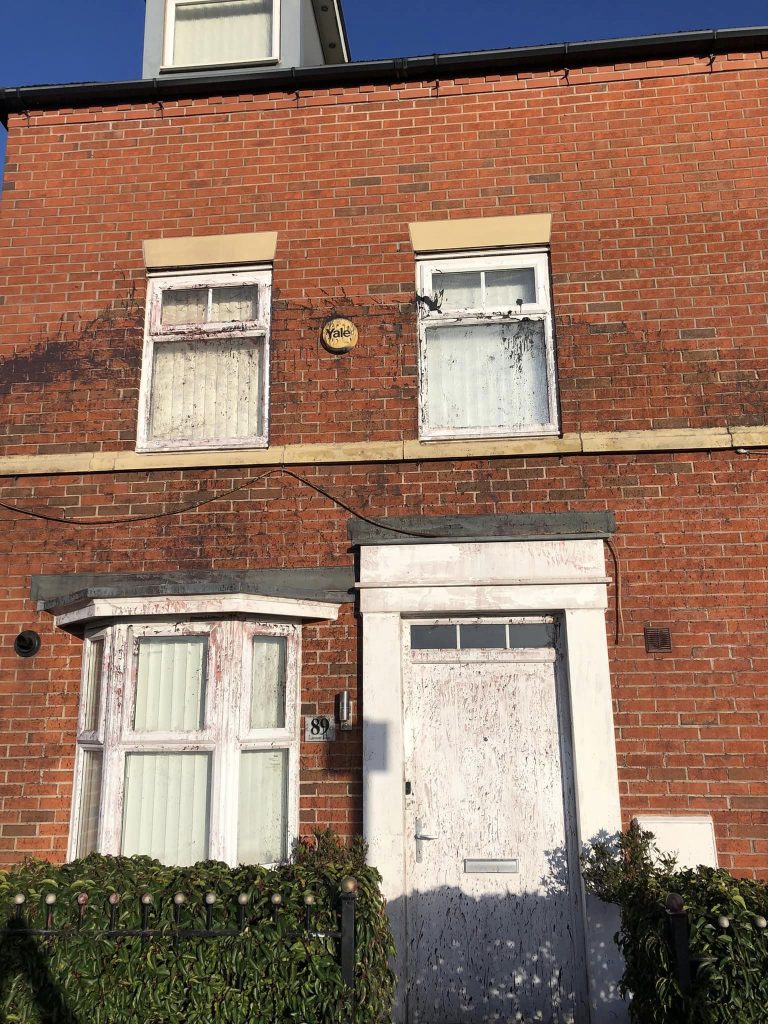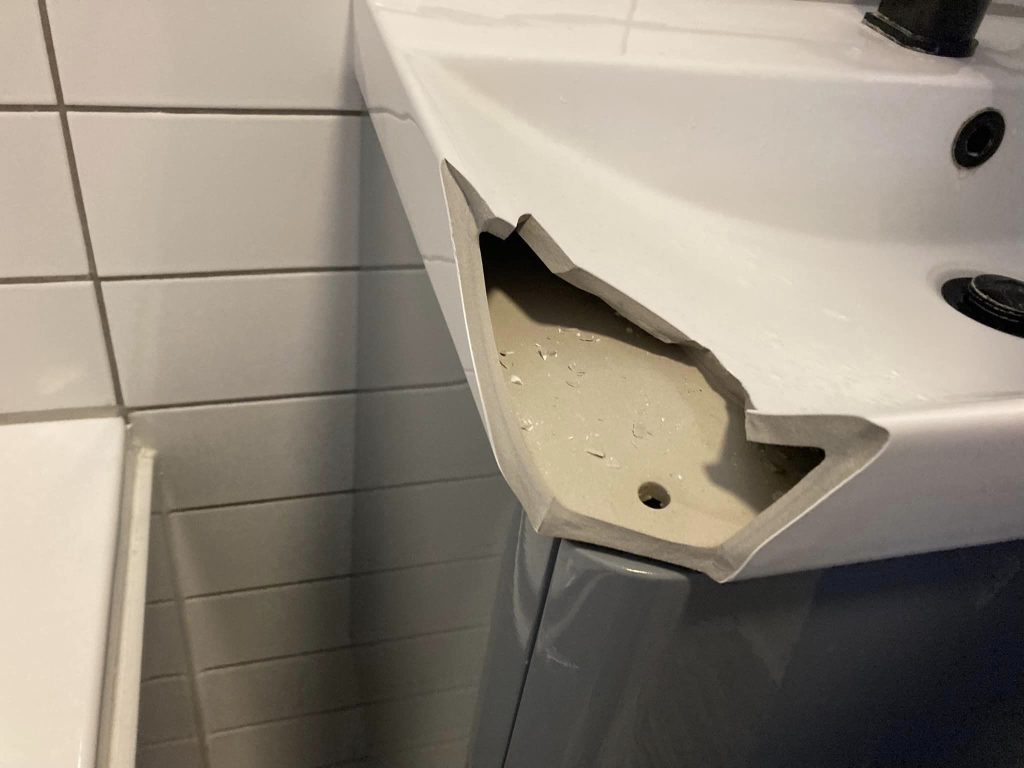With Fionn and Eleanor striking already this month, and Georgina sweeping our nation today, we look at the rising threat that the weather is having on the UK Insurance industry and what the industry is doing to compete in these more challenging conditions.
Financial Impact
The government’s official advisers, the Committee on Climate Change, warned in 2016 that the UK is poorly prepared for the inevitable impacts of global warming, including floods, deadly annual heatwaves and water shortages.
Flooding is the most high-profile impact of climate change on the UK. But the overall cost of wind storms is actually higher with an average cost of approximately £1bn a year as a result of a much larger number of smaller incidents.
Storm Doris in 2017 resulted in some insurers receiving a 300% rise in the cost of claims.
This increase is increasing pressure to insurers to find effective ways of reducing their costs, added to this, 2018 is going to be very demanding for home insurance, with home insurers expected to achieve a barely profitable 90% (EY report).
Chris Edwards head of Insurance at hard surface repair company Plastic Surgeon comments: “Storm damage is generally high volume and low value; the overall average cost is around £700 per claim”.
Weather related claims can often be lengthy and require lots of human interaction, therefore it’s vital insurers and suppliers look at alterative solutions to manage lower value claims.
Chris continues: “Many of the leading claims management companies and suppliers such as Plastic Surgeon have invested heavily in technology to manage high volume low value claims more efficiently than more traditional suppliers”.
“In 2017 Plastic Surgeon invested heavily in our claims management system to allow us to use artificial intelligence in the assessment of low value claims. This use of technology enables us to provide a much-improved service during particularly busy times such as a weather surge, by assessing lower value claims in minutes”.
Chris Edwards, Head of Insurance Services
Climate Change
It’s not just the financial costs following the impact of these storms that are weighing on the insurance industry. Scientists say the scale of the destruction is worsened by climate change and insurers are coming under more and more pressure to do more to help limit the damage, as the world prepares for this type of extreme weather to become part of the norm – the average number of Category 4 storms per year has already more than doubled since 1900.
The UK is more fortunate than our friends in the USA and Caribbean, who have been through some highly challenging conditions.
The Association of British Insurers (ABI), recently undertook research with risk analysts AIR Worldwide to look at what more expensive wind storms resulting from climate change would mean for UK insurers.
They found just a small temperature rise would lead to bigger losses that could be as much as 25 per cent nationwide.
Many are calling on the insurance industry to play an active role in reducing the impacts of climate change, not only to save itself from future losses, but to enable them to reduce risk rather than merely responding to natural disasters.
Last year Plastic Surgeon saw record landfill savings up 17% on 2016’s figures, 3,474 tonnes of landfill was saved and 135,445 items were saved from being replaced. This is set to further increase in 2018 and beyond!
Chris Edwards continues:
“Customers are beginning to understand the benefit of a repair rather than replace approach, and the advantages that brings not only to the timescales of their claim, but the impact on the environment.
“The type of repairs that we tend to see from storm damage includes: damaged guttering, soffits, facias, roof tiles and impact damage from falling trees and various flying objects. Our research and development team are constantly innovating, looking at other areas where are repair techniques could benefit the industry.”
There is a growing push to try and ease the effects of extreme weather events. In the UK, most attention is on mitigating the effects of flooding, since the claims are not only hugely expensive, but properties can also take months to dry out.







